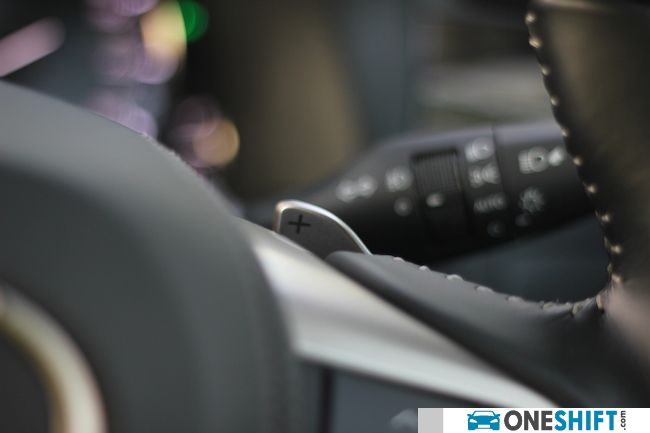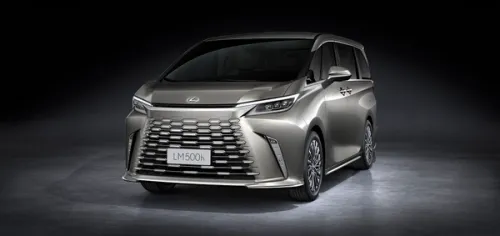Lexus Brings the GS to the Executive Table
The Executive Sedan market is a competitive one. The big boys like Mercedes-Benz, BMW, Audi and Jaguar form the bulk of the population.



For entry models, a new 4-cylinder turbocharged 2.0 replaces the proven 2.5 V6. Power has gone up from 207bhp to 241bhp while torque has increased from 253Nm to 350Nm, and all of it made available at a very low 1,650rpm, carrying on all the way to 4,400rpm.

The 8-speed automatic transmission is new to the GS segment, only bettered by the 9G-TRONIC offered in the new Mercedes-Benz E Class. Gear changes are mostly smooth, though there is a tendency for the car to gear-hunt while on the run, with a small bump when dropping gears. Lexus offers four drive modes for this car, ranging from Economy, Normal/Customise, Sport and Sport+. Switching modes can be made within easy reach by way of a drive mode selector, while Normal Drive Mode is user-customisable, by way of the UI menu, controllable by what looks like a rectangular-shaped Oreo cookie located on the centre console.

Under normal driving conditions, the transmission likes to hop into a higher gear more quickly, offering a more fluid ride while reducing fuel consumption.

Entering and exiting corners with the GS Turbo shows minimal flex, they have revised their double wishbone front and rear multilink suspensions to improve chassis rigidity, without the compromise on passenger comfort. The 8-speed automatic does its job well, feeding power to the rear wheels. Steering is precise and feedback is always present. In Sport+ mode, the Adaptive Variable Suspension (AVS) stiffens up the ride, making the car more reactive round the bends. Reduced damping increases grip while reducing driver comfort, but the ride is never jarring thanks to the supportive but comfortable seats.

The 2.0 revs freely, only making known that it is a 4-cylinder and not a V6 when revved hard. In addition to driver involvement, the paddle shifters allow you to swap cogs manually. With 8 ratios, it takes time to get used to knowing how many gears to drop when entering a tight corner.
With a kerb weight of 1655Kg, the 2.0 turbo gives a claimed century sprint at 7.3 seconds, while fuel figures are at a combined 12.5km/L.
In essence, I would say that Lexus has brought (to the Executive Table) a very compelling entrant, with an extensive equipment list. The turbocharged 2.0 sees an increase in power and torque over the outgoing 2.5 V6, while keeping consumption figures in-check. Though it is still more costly than the bulk of the competition, it might still be worth a switch.
Credits:








Get the Best Price for your used car
from 500+ dealers in 24 hours

- Convenient and Hassle-Free
- Consumer Protection
Transparent Process
With No Obligation








